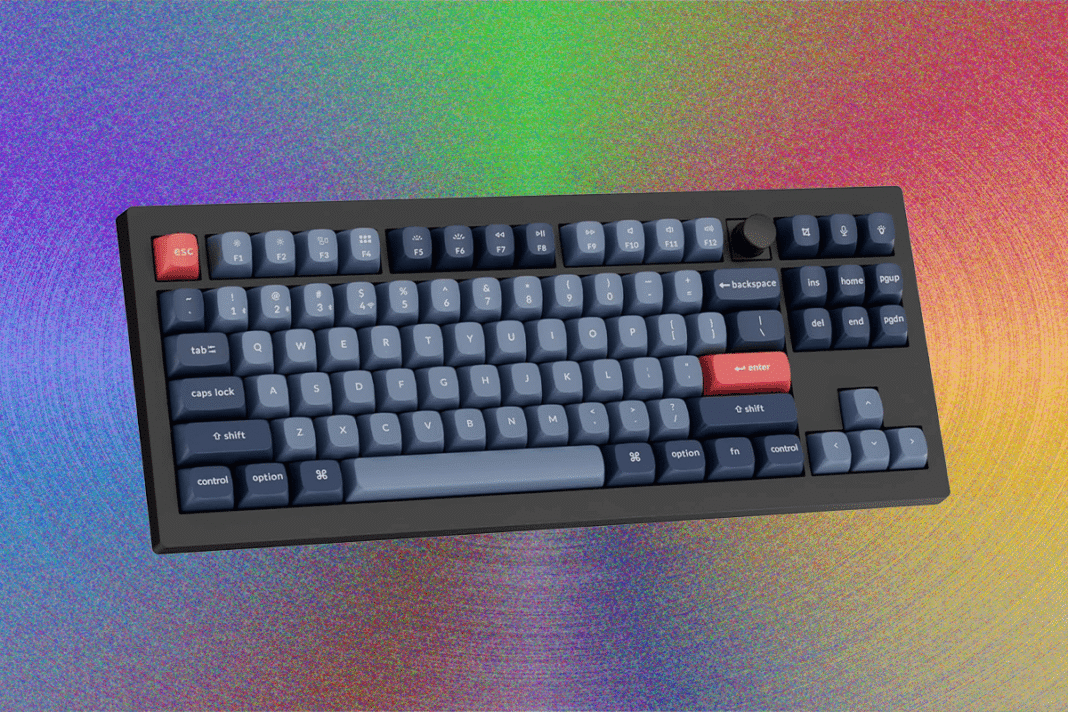In-Depth Overview of Apple’s MacBook range and M-series Processors
External Monitor Compatibility Across MacBook Air Variants
The ability to connect multiple external displays differs significantly between the M3 and M4 MacBook Air models. The newest M4 version supports up to two 4K monitors simultaneously without any restrictions,offering greater flexibility for users who rely on multi-screen setups. Conversely, the M3 MacBook Air can only handle two 4K external displays when its lid is closed, which may limit usability for those who prefer working with an open laptop. For budget-conscious buyers, earlier models like the M3 still provide solid performance and can be found at attractive prices in refurbished markets.
Affordable Apple Laptop Option: The MacBook Air (M1, 2020)
Although Apple typically phases out older laptops from its official lineup quickly, retailers such as Walmart continue to offer brand-new units of the original macbook Air (M1, 2020). Despite being released over four years ago, this model remains a dependable choice at a lower cost.Powered by Apple’s pioneering first-generation M1 chip,it delivers remarkable battery life that easily lasts through a full workday under moderate usage scenarios like browsing or video calls.
Currently priced under $600 for configurations with 8 GB RAM and 256 GB storage capacity, this laptop suits students or casual users seeking reliable performance without breaking the bank. While it lacks modern features such as a high-resolution webcam (limited to 720p) and supports only one external monitor connection, it remains practical for everyday tasks.
A potential successor rumored to launch later this year is an entry-level MacBook equipped with Apple’s A18 Pro chip-leveraging iPhone-derived technology-which could offer enhanced processing power but might require waiting before purchasing.
The Evolution of Apple Silicon: A Breakdown of M-Series Chips
Since their introduction in late 2020, Apple’s custom silicon processors have transformed their laptop offerings by delivering remarkable improvements in speed and efficiency. below is an updated summary reflecting advancements through mid-2025:
M4 Series: Leading-Edge Powerhouses
- M4: This balanced chip features ten CPU cores alongside ten GPU cores-nearly doubling CPU speed compared to the original M1 while more than doubling GPU capabilities from previous generations. It boasts over three times faster neural engine performance plus starts at 16 GB unified memory RAM-ideal for running advanced AI-driven applications smoothly across devices like the latest 14-inch MacBook Pro (2024), 24-inch iMac, and both sizes of 13-inch &15-inch MacBook Airs.
- M4 Pro: Equipped with up to fourteen CPU cores paired with twenty GPU cores and supporting up to sixty-four gigabytes of unified memory, this processor excels in demanding creative workflows including ray tracing acceleration that doubles prior speeds. It powers premium machines such as recent 14-inch/16-inch MacBook Pros and refreshed Mac Mini (2024).
- M4 Max:The top-tier consumer option offers sixteen CPU cores combined with forty GPU cores plus support for up to one hundred twenty-eight gigabytes unified memory capacity-delivering substantial gains especially in graphics-intensive tasks like professional video editing or complex simulations found on flagship devices such as Mac Studios or high-end laptops.
M3 Series: Reliable Midrange Performance Options
- M3:This variant includes an eight-core CPU paired with a ten-core GPU powering popular mid-tier systems including late-2023’s compact yet powerful (14″) MacBook Pro ,early-2024’s versatile (13″ &15″) macbook Airs ,along with select iMac models.
It delivers approximately +35% faster CPUs compared against first-generation chips while maintaining excellent energy efficiency suitable for daily productivity.
Supports dual external monitors under specific conditions on newer air models. - M3 Pro:An intermediate upgrade featuring twelve CPU cores alongside eighteen GPUs designed primarily for professionals requiring enhanced computing power without entering ultra-high-end territory.
Available exclusively within larger pro laptops launched during late-2023 cycles; optimized thermal management ensures smooth sustained workloads despite modest speed increases relative to predecessors. - M3 Max & Ultra:The moast powerful options introduced last year include sixteen-core CPUs coupled respectively with forty-core GPUs providing notable leaps (+80% CPU speed vs first-gen). Ideal for intensive rendering pipelines or software progress environments demanding massive parallelism.
The recently unveiled Ultra variant pushes boundaries further featuring thirty-two core CPUs alongside eighty core GPUs supporting enormous RAM pools exceeding half-a-terabyte tailored specifically toward professional studios utilizing advanced AI workflows or real-time graphics rendering engines exclusive currently within select desktop-class systems like new generation Macs Studio units launched early-mid ’25.
M2 Series: Gradual Improvements Over Initial Silicon Generation
- M2:A natural evolution enhancing base specs seen previously – eight-core CPUs optionally combined now with ten-core GPUs plus increased maximum RAM capacities reaching twenty-four gigabytes unified memory.
This chipset serves well as a daily driver powering various mid-cycle air laptops introduced during ’22-’23 seasons offering improved multitasking responsiveness though less suited towards heavy multimedia production compared against higher tier options available today. - M2 Pro / Max / Ultra : Thes variants scale upward adding additional compute resources ranging from twelve-to-twenty-four core processors accompanied by increasingly powerful graphical subsystems capable of handling professional-grade video editing suites or complex CAD modeling efficiently while maintaining energy-conscious designs suitable even inside portable form factors such as pro notebooks released throughout early ’23.





